Sweet Home Chicago
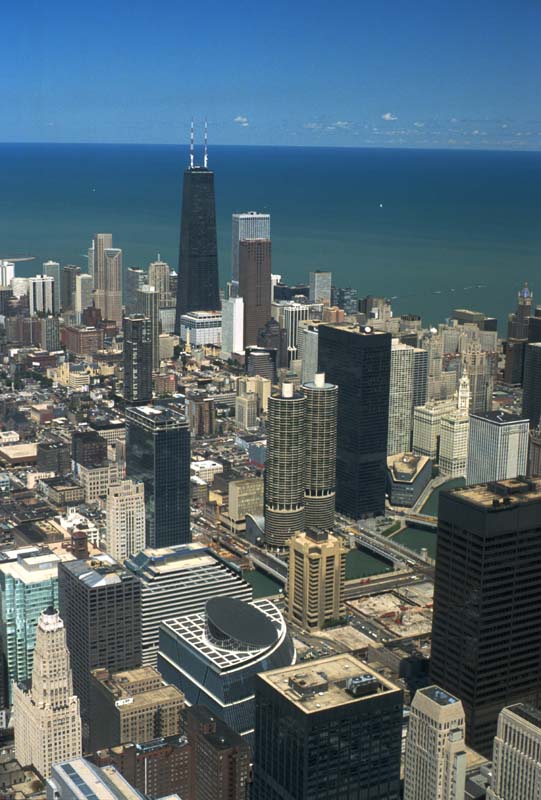
|
I you ask me, Chicago is the greatest city in the world.
Rough-and-tumble-business Chicago after the great fire was a regional capital, and in many ways, because of its innovations in industrial method and in architecture, because of its mixture of brutal wickedness and revolutionary newness, the blood of the yards, the showpiece gems of the lakefront, the seething of its immigrant slums, because of its violence, corruption, and creative energy, it was also a world city.
- Saul Bellow -
... mehr Fotos in der Bildergalerie
|
Tales from the windy City
|
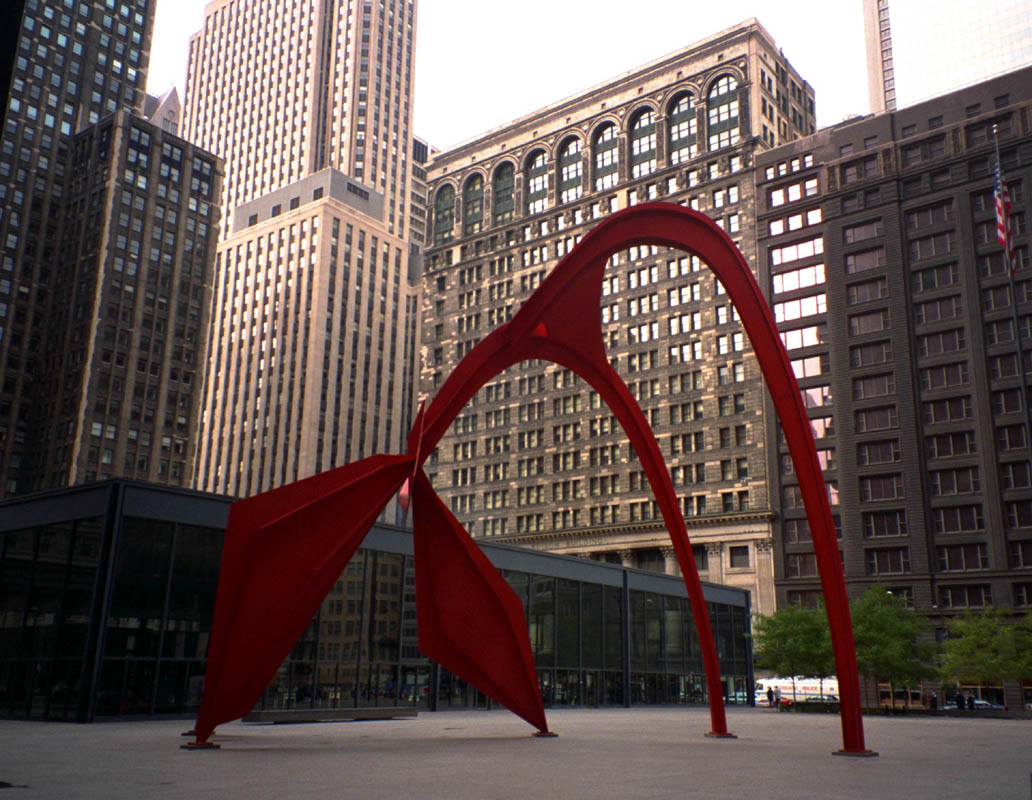
|
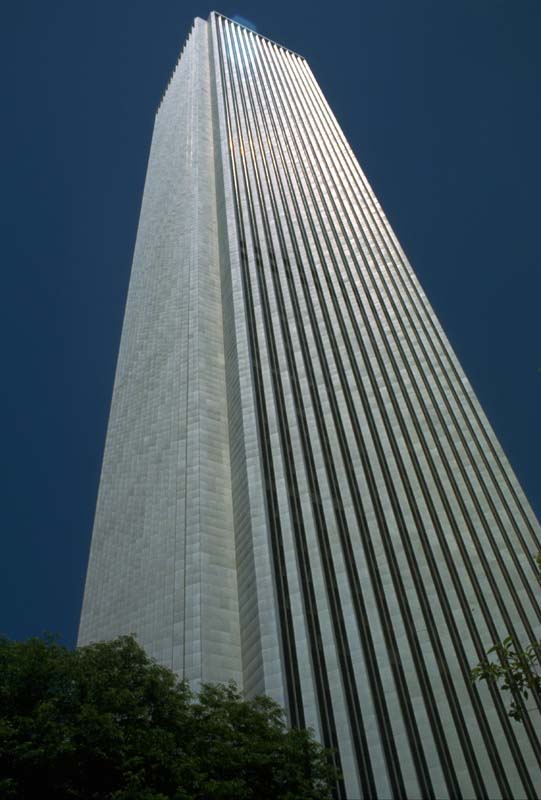 This was one of the first things I learned about Chicago. I came over there for a post graduate scholarship and was hosted by a Vilmette family. And one of the first things my host mother told me about Chicago was this: "I will" - Meaning I will get there, I will succeed. And I will never forget this.
This was one of the first things I learned about Chicago. I came over there for a post graduate scholarship and was hosted by a Vilmette family. And one of the first things my host mother told me about Chicago was this: "I will" - Meaning I will get there, I will succeed. And I will never forget this.
Taken from the preface of:
City of the Century - The Epic of Chicago and Making of America
Donald L. Miller, Simon & Schuster
This is a great book about a great city and I take my introduction to Chicago from the preface of this book:
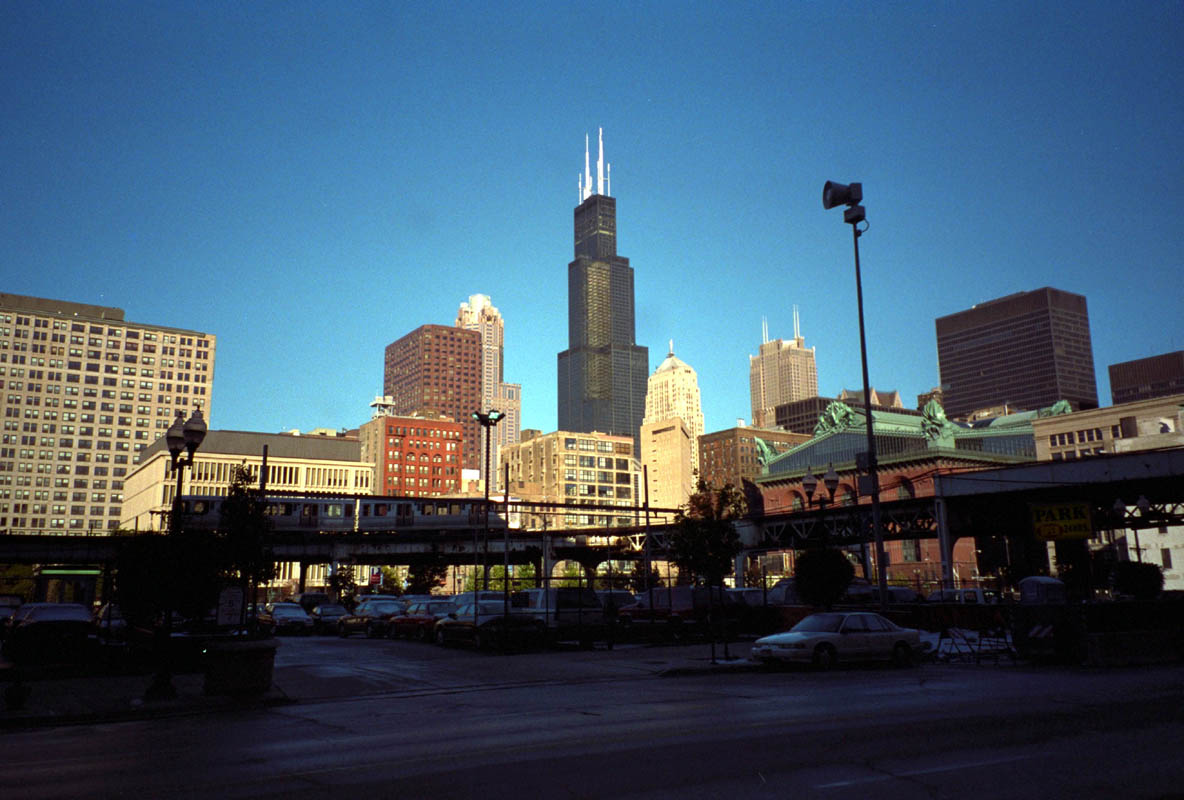 On the evening of October 7, 1871, George Francis Train, a popular lecturer of moral themes, gave a talk in Chicago to a packed house at Farwell Hall. There is no record on the topic of his address, but his concluding remarks were noted. "This is the last public address that will be delivered within these walls!" he thundered. "A terrible calamity is impending over the city of Chicago! More I cannot say; more I dare not utter."
On the evening of October 7, 1871, George Francis Train, a popular lecturer of moral themes, gave a talk in Chicago to a packed house at Farwell Hall. There is no record on the topic of his address, but his concluding remarks were noted. "This is the last public address that will be delivered within these walls!" he thundered. "A terrible calamity is impending over the city of Chicago! More I cannot say; more I dare not utter."
The following night, around nine o’clock, a fire broke out on the West Side of the city in the cow barn of Mrs. Patrick O’Leary. Aided by strong winds off the prairie, it turned into a one-and-a-half-day holocaust that consumed the entire core of the city of some 300,000 people, leaving 90,000 homeless and nearly 300 dead. It was the greatest natural disaster up to that time in American history. Frederick Law Olmsted, sent by The Nation to the stricken citiy, reported that many of those caught in the inferno thought they were witnessing "the burning of the world."
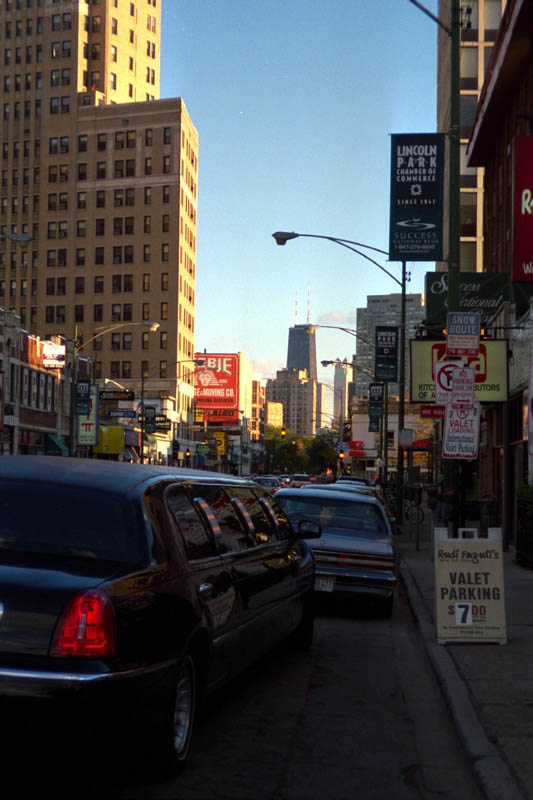 The morning after the fire, fear gave way to disbelief. Everything was gone. All familiar landmarks - churches, street signs, corner groceries, bars - had disappeared into a thin air, and people wandered around like shock victims, lost in their own city. "For three days after the fire we walked through the streets, covered everywhere with heaps of debris and parts of walls, and could not help comparing ourselves to ghosts," one man observed. "All those magnificent streets, all those grand palaces, which by yesterday were the pride and glory of the chief Western metropolis, are today indeed a mass of scattered shapeless ruins."
The morning after the fire, fear gave way to disbelief. Everything was gone. All familiar landmarks - churches, street signs, corner groceries, bars - had disappeared into a thin air, and people wandered around like shock victims, lost in their own city. "For three days after the fire we walked through the streets, covered everywhere with heaps of debris and parts of walls, and could not help comparing ourselves to ghosts," one man observed. "All those magnificent streets, all those grand palaces, which by yesterday were the pride and glory of the chief Western metropolis, are today indeed a mass of scattered shapeless ruins."
But more amazing than the destruction was the recovery. The rebuilding began while the ground was still warm in the burned district, and within a week after the fire more than five thousand temporary structures had been erected and two hundred permanent buildings were under construction. Derrick hoists crowded the main streets, and the air came alive with the sound of hammers and the shouts and whistles of draymen and carpenters. "In the midst of a calamity without parallel in the world’s history"" Chicago Tribune editor Joseph Medill wrote immediately after the fire, "the people of this once beautiful city have resolved that CHICAGO SHALL RISE AGAIN." Chicagoans were convinced that they had survived a biblical test, a terrible but purifying act that had cleared the way for a vast regeneration that would transform their ruined city into the master metropolis of America.
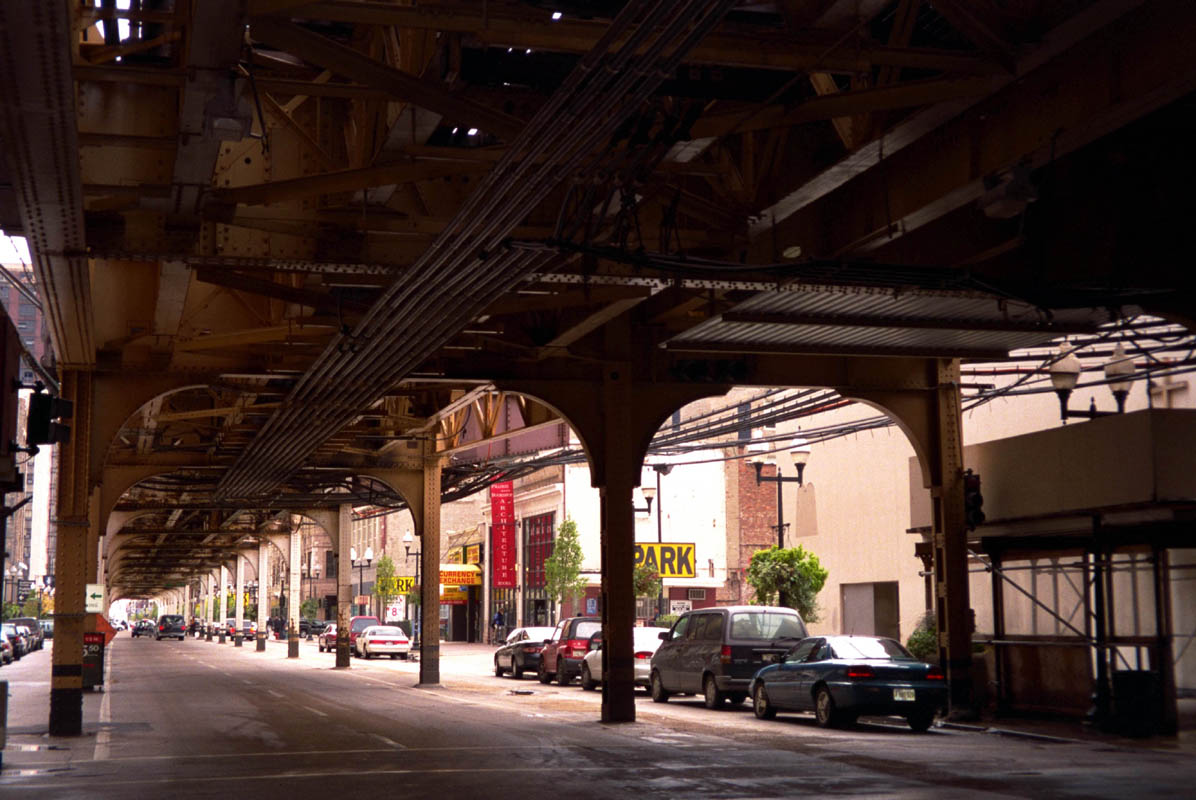 Such inflated boosterism was standard fare in the city before the Great Fire, but the fire gave it greater urgency; and with astonishing rapidity, fact almost aligned with myth. By 1893, when the city held the Word’s Columbian Exposition to celebrate - one year later - the four hundredth anniversary of Columbus’s discovery of the New World, Chicago had the busiest and most modern downtown in the country, with a dozen and more of the highest buildings ever constructed. Chicago would never become as big or as consequential as New York, its greatest rival, but it had made good its boast as the city that could accomplish almost anything.
Such inflated boosterism was standard fare in the city before the Great Fire, but the fire gave it greater urgency; and with astonishing rapidity, fact almost aligned with myth. By 1893, when the city held the Word’s Columbian Exposition to celebrate - one year later - the four hundredth anniversary of Columbus’s discovery of the New World, Chicago had the busiest and most modern downtown in the country, with a dozen and more of the highest buildings ever constructed. Chicago would never become as big or as consequential as New York, its greatest rival, but it had made good its boast as the city that could accomplish almost anything.
There is in the life of any great city a moment when it reaches its maximum potential as a center of power and culture and becomes fully conscious of its special place in history. For Chicago that moment was 1893. In that year the world’s finest skyscraper city had a population of over a million people, and among them was an early settler who remembered it as a desolate trading post of some thirty souls living between a swamp and a sand-choked river. Without ever leaving Chicago, this old man had moved, by 1893, from the country to the city, from an agrarian to an industrial America, and had lived, in the process, through the entire history of his still-growing city.
This book is a history of Chicago in the years of its ascendency, from the first recorded discovery of the site by a missionary and an explorer in the service of France to the Columbian Exposition, the culmination of a postfire burst of physical growth and technological and artistic achievement, a civic awakening unparalleled in the history of American cities. It is about the nineteenth century’s newest and most explosive alive metropolis, the city of the century, "the first of the great cities of the world," in the words of Henry B. Fuller, its first important novelist, "to rise under purely modern conditions."
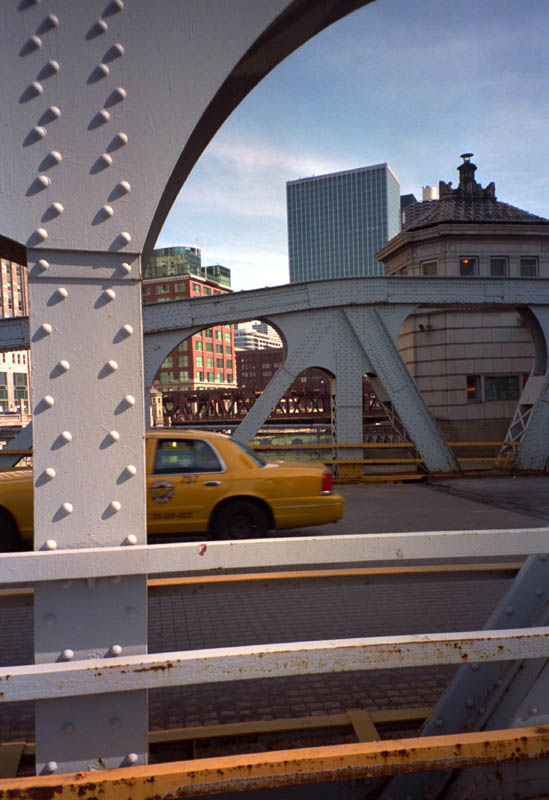 The epic of Chicago is the story of the emergence of a modern America. Child of the age of steam, electricity, and international exchange, Chicago is "the very embodiment of the world-conquering spirit of the age," an English writer observed in 1893, a city people visited to witness the forces that would shape the next century. Chicago was also, many people thought, the most typically American of the nation’s big cities, a scene of boiling economic activity and technological ingenuity, American industrialism’s supreme urban creation. In a unreservedly commercial country, it was, a visiting French writer noted, "the purest kind of commercial city." The novelist Frank Norrist described a cable-car ride though late-nineteenth-century Chicago: "All around, on every side in every direction, the vast machinery of Commonwealth clashed and thundered from dawn to dark and from dark till dawn" Here, of all her cities, throbbed the true life - the true power and spirit of America." Chicago was "the only great city in the world to which all its citizens have come for the one common, avowed object of making money," Fuller captured part of its character. "There your have its genesis, its growth, its end and object." Yet Chicago’s wealth and vitality - along with its overwhelming problems - drew to it some of the most creative young architects, writers, and reformers of the time, who came there to record, interpret, humanize, or simply experience the new phenomenon of metropolitan life.
The epic of Chicago is the story of the emergence of a modern America. Child of the age of steam, electricity, and international exchange, Chicago is "the very embodiment of the world-conquering spirit of the age," an English writer observed in 1893, a city people visited to witness the forces that would shape the next century. Chicago was also, many people thought, the most typically American of the nation’s big cities, a scene of boiling economic activity and technological ingenuity, American industrialism’s supreme urban creation. In a unreservedly commercial country, it was, a visiting French writer noted, "the purest kind of commercial city." The novelist Frank Norrist described a cable-car ride though late-nineteenth-century Chicago: "All around, on every side in every direction, the vast machinery of Commonwealth clashed and thundered from dawn to dark and from dark till dawn" Here, of all her cities, throbbed the true life - the true power and spirit of America." Chicago was "the only great city in the world to which all its citizens have come for the one common, avowed object of making money," Fuller captured part of its character. "There your have its genesis, its growth, its end and object." Yet Chicago’s wealth and vitality - along with its overwhelming problems - drew to it some of the most creative young architects, writers, and reformers of the time, who came there to record, interpret, humanize, or simply experience the new phenomenon of metropolitan life.
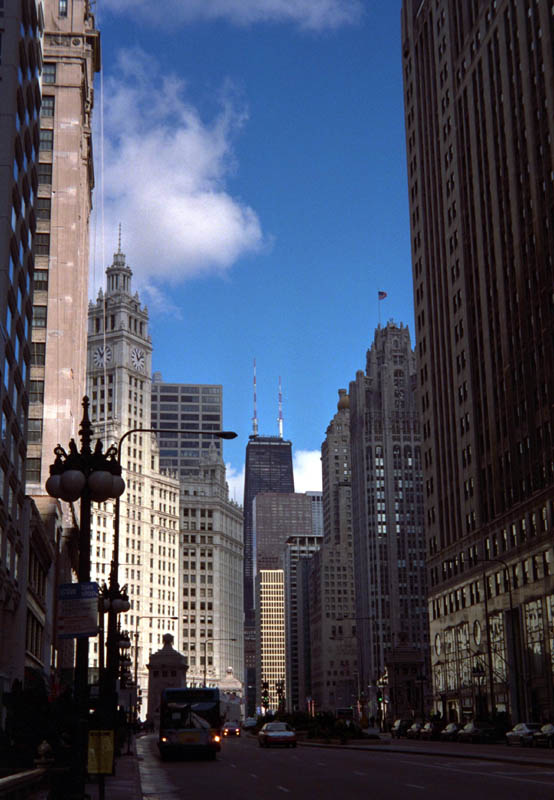 No large city, no even Peter the Great’s St. Petersburg, had grown so fast, and nowhere else could there be found in more dramatic display such a combination of wealth an squalor, beauty and ugliness, corruption and reform. City of idealists and dissenters, of Jane Addams, Florence Kelley, Clarence Darrow, Mary McDowell, Thorstein Veblen, Albert Parson, and Ida B. Wells, a young African-American insurgent who move to Chicago in 1893 to mobilize a national crusade against lynching and racial segregation, it was also the city of thieving aldermen and plundering capitalists, of the sharp-dealing transportation king Charles Tyson Yerkes and his political procurator, Johnny Powers, an of those legendary "boodlers" Michael "Hinky Dink" Kenna and "Bathhouse" John Coughlin, aldermen who gave one dollar to the needy for every two they stole. Chicago in 1893 was the city of Marshall Field, Philip Danforth Armour, and George Mortimer Pullman, "the Chicago Trinity," the newspaper called them, and of those who wrote about them and a hundred other urban figures, in what became the first realistic American reportage and fiction about the big city - Theodore Dreiser, Eugene Field, Hamling Garland, Robert Herrick, George Ade, Henry B. Fuller, Ray Stannard Baker, and Finley Peter Dumne, creator of the affable saloon-house philosopher Mr. Dooley. And to Chicago, after the Great Fire, came the young founders of modern American architecture, John Wellborn Root, Louis H. Sullivan, and Frank Lloyd Wright, to join such visionary builders as Daniel Hudson Burnham and William Le Baron Jenney in creating urban works of audacity and beauty. In the time of these makers and dreamers, Chicago was the site of some of the greatest achievements and failures of American urban life.
No large city, no even Peter the Great’s St. Petersburg, had grown so fast, and nowhere else could there be found in more dramatic display such a combination of wealth an squalor, beauty and ugliness, corruption and reform. City of idealists and dissenters, of Jane Addams, Florence Kelley, Clarence Darrow, Mary McDowell, Thorstein Veblen, Albert Parson, and Ida B. Wells, a young African-American insurgent who move to Chicago in 1893 to mobilize a national crusade against lynching and racial segregation, it was also the city of thieving aldermen and plundering capitalists, of the sharp-dealing transportation king Charles Tyson Yerkes and his political procurator, Johnny Powers, an of those legendary "boodlers" Michael "Hinky Dink" Kenna and "Bathhouse" John Coughlin, aldermen who gave one dollar to the needy for every two they stole. Chicago in 1893 was the city of Marshall Field, Philip Danforth Armour, and George Mortimer Pullman, "the Chicago Trinity," the newspaper called them, and of those who wrote about them and a hundred other urban figures, in what became the first realistic American reportage and fiction about the big city - Theodore Dreiser, Eugene Field, Hamling Garland, Robert Herrick, George Ade, Henry B. Fuller, Ray Stannard Baker, and Finley Peter Dumne, creator of the affable saloon-house philosopher Mr. Dooley. And to Chicago, after the Great Fire, came the young founders of modern American architecture, John Wellborn Root, Louis H. Sullivan, and Frank Lloyd Wright, to join such visionary builders as Daniel Hudson Burnham and William Le Baron Jenney in creating urban works of audacity and beauty. In the time of these makers and dreamers, Chicago was the site of some of the greatest achievements and failures of American urban life.
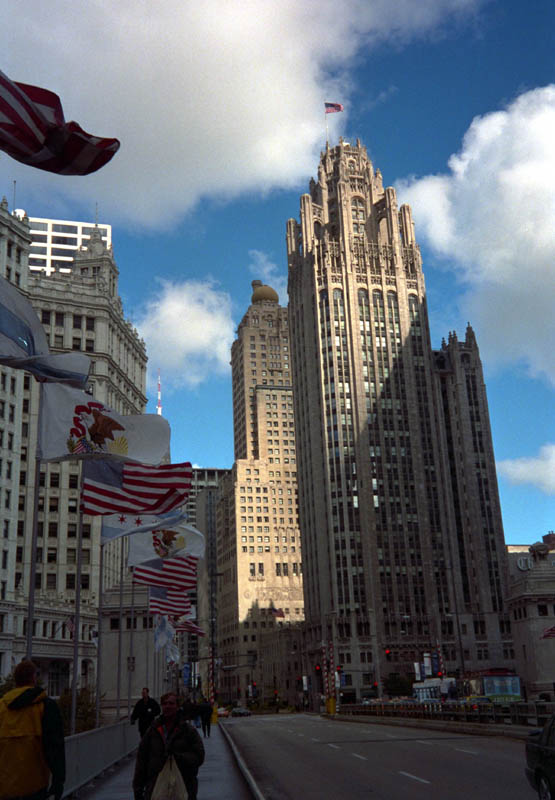 Civic boosters and chauvinistic city historians portrayed Chicago in these years as a unified community that had called together its enormous resources after the Great Fire to build a new city on the ash and rubble of the old one. But Chicago was a deeply divided, corrupt, and violent city, a place of extreme contrasts, and it was this that gave it its character. I have tried to capture the spirit of this "queen and guttersnipe of cities," to describe the historic forces that shaped its physical form and personality, and to give a sense of what it was like to live there when its leaders in business and the arts were calling it the "wonder of the world." Recalling his life in Chicago in these years, Theodore Dreiser remarked that "it is given to some cities, as to some lands, to suggest romance, and to me Chicago did the daily and hourly. It sang, or seemed to, and " I was singing with it."
Civic boosters and chauvinistic city historians portrayed Chicago in these years as a unified community that had called together its enormous resources after the Great Fire to build a new city on the ash and rubble of the old one. But Chicago was a deeply divided, corrupt, and violent city, a place of extreme contrasts, and it was this that gave it its character. I have tried to capture the spirit of this "queen and guttersnipe of cities," to describe the historic forces that shaped its physical form and personality, and to give a sense of what it was like to live there when its leaders in business and the arts were calling it the "wonder of the world." Recalling his life in Chicago in these years, Theodore Dreiser remarked that "it is given to some cities, as to some lands, to suggest romance, and to me Chicago did the daily and hourly. It sang, or seemed to, and " I was singing with it."
With the ancient Greeks as my model, I have tried to write a city history that gives prominence to geography and personality, to the way the natural environment and human beings interacts dialectically to create culture. And with Lewis Mumford as my modern inspiration, I have tried to write a "natural history of urbanization" in which the city is treated in the context of its regional economy, culture, and ecosystem. By studying the city in this way, Mumford argued, we arrive at true appreciation of the environmental consequences of urbanization - not just the impact of the spreading city on its rural hinterland but the impact on its own land, air, water, and people. Built on a windswept prairie marsh - a place so forbidden the Miami Indians refused to settle on it - modern Chicago was a triumph of engineering over nature’s constraints. That was the source of the city’s famous "I Will" spirit, the belief that it could surmount any obstacle nature or man put in its way. Yet when surging Chicago built shoddily or in defiance of nature’s ways, it felt nature’s reactive fury. The city of heroic engineers and architects, of great water supply and drainage systems and twelve-story buildings that stood straight and strong in shifting mud and against ripping winds, was also the city of natural calamities - of consuming fires, cholera and typhoid epidemics, poisoned water and air.
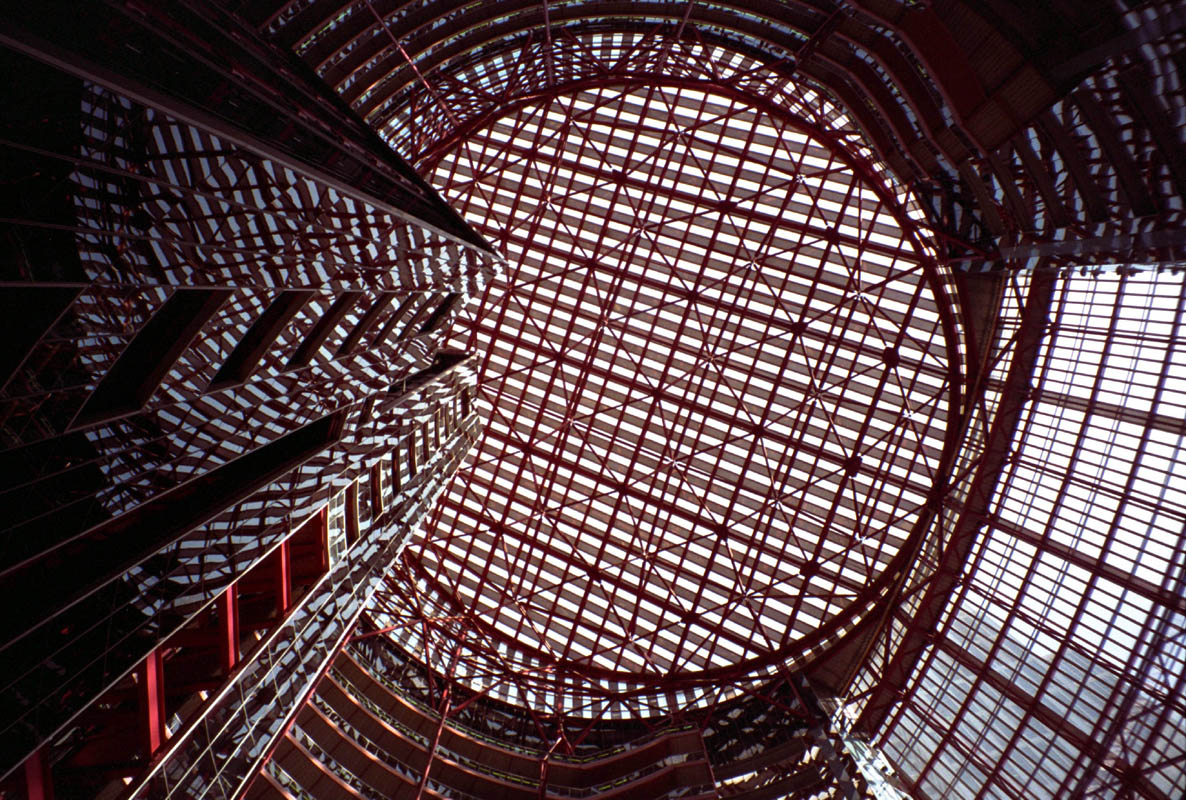 The great theme of Chicago’s nineteenth-century history is the battle between growth and control, restraint an opportunity, privatism and the public good. Chaotic Chicago seemed to have sprung up spontaneously, without planning or social foresight, a pure product of ungoverned capitalism. Yet the city that was a sprawling spectacle of smoke and disorder had a magnificent chain of parks and boulevards, one of the best sewage and water-supply systems in the world, a Sanitary and Ship Canal that was one of the engineering marvels of the century, and a splendid complex of cultural and civic buildings along its lakefront. The city that critics compared to a gigantic real estate lottery, where everything was for sale, even its streets, undertook some of the most ambitious public improvement projects of the age. In 1893 it was a place well known for both its unlicensed cupidity and its strong civic consciousness. Even if Chicago provides no easy answers, the story of its unresolved struggle between order and freedom remains instructive for our time, as we seek ways to build and maintain cities that retain their humanity without losing their energy.
The great theme of Chicago’s nineteenth-century history is the battle between growth and control, restraint an opportunity, privatism and the public good. Chaotic Chicago seemed to have sprung up spontaneously, without planning or social foresight, a pure product of ungoverned capitalism. Yet the city that was a sprawling spectacle of smoke and disorder had a magnificent chain of parks and boulevards, one of the best sewage and water-supply systems in the world, a Sanitary and Ship Canal that was one of the engineering marvels of the century, and a splendid complex of cultural and civic buildings along its lakefront. The city that critics compared to a gigantic real estate lottery, where everything was for sale, even its streets, undertook some of the most ambitious public improvement projects of the age. In 1893 it was a place well known for both its unlicensed cupidity and its strong civic consciousness. Even if Chicago provides no easy answers, the story of its unresolved struggle between order and freedom remains instructive for our time, as we seek ways to build and maintain cities that retain their humanity without losing their energy.
The story of rising Chicago in one of big and small folk - of assembly-line meat cutters and millionaire beef barons, of five-dollar-a-week salesclerks and magnificent merchant princes, of stenographer-typists and the architects who built their new offices in the sky, of devil-may-care French Canadians and straight-living Protestant improvers who drove them from their frontier trading post and built there a perfect gridironed capitalist canal town. The lives of these people remind us that ecological history must merge with cultural history if it is to encompass the full life of the city. This type of urban history sees the city itself as a culture-creating system of biotic relationships and as a place not only where the goods of civilization are made and exchanged but also where experience is heightened and transformed into art, ritual, and civic pageancy. "A product of nature," the city is also a product of "human nature," the pioneering Chicago sociologist Robert Park reminds us. But the city, in turn, reshapes human nature. This two-way process of people making Chicago and Chicago making people is the dominating theme of this urban story.
|
|
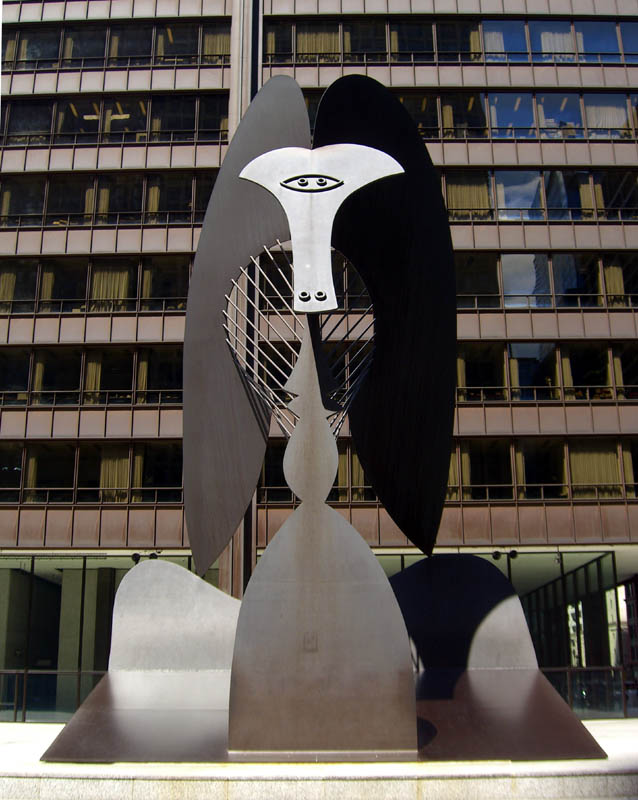
|








